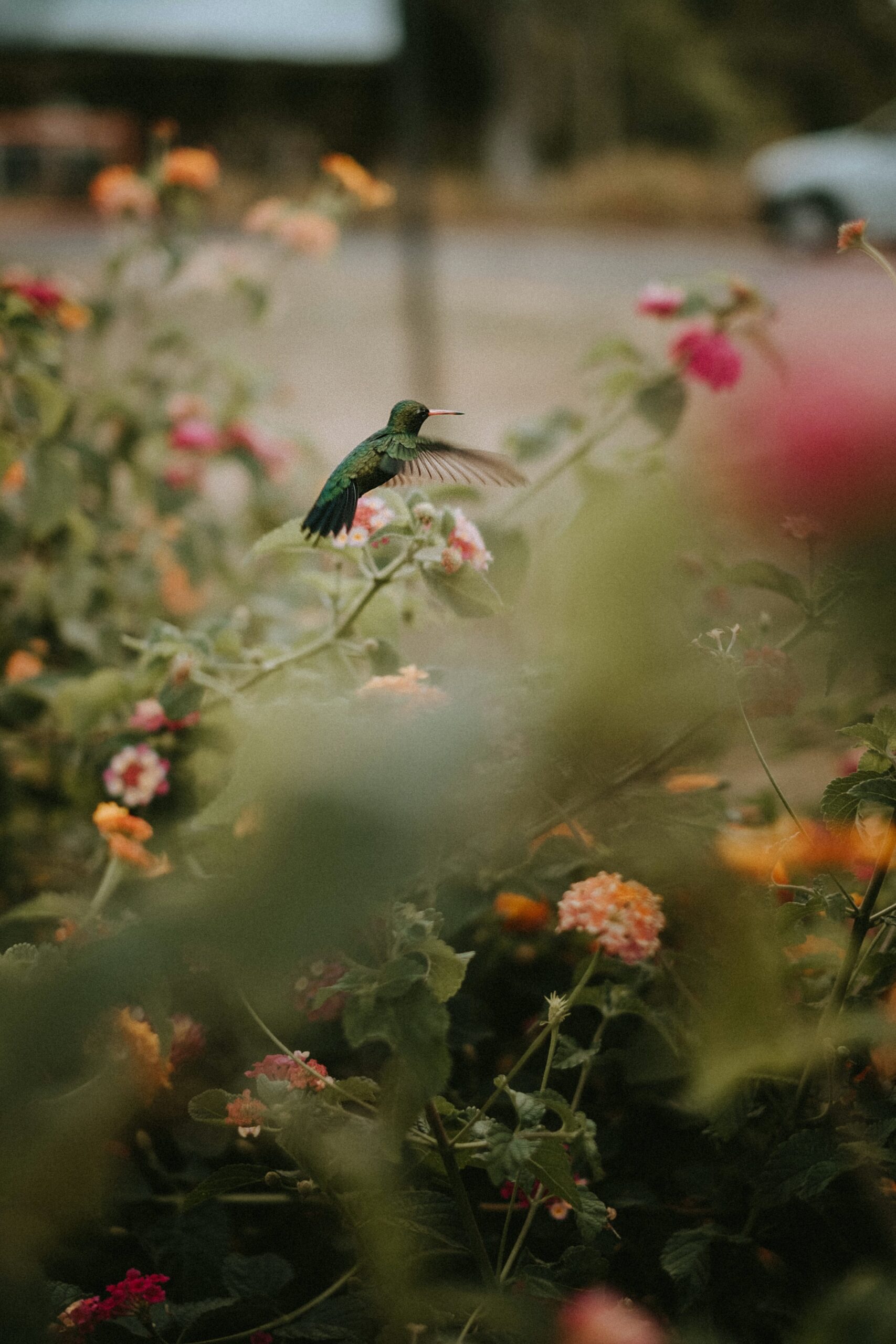Bird Baths and their Importance
Establishing a natural habitat that fosters rich biodiversity begins in the simplest ways, such as setting up a bird bath. Bird baths serve as essential water resources for wildlife, providing them with drinking water and a safe place to bathe and preen their feathers. Despite being named ‘bird baths,’ their function extends towards attracting many other species, like squirrels, rabbits, and even butterflies.
While choosing a bird bath, it is vital to toe the line between aesthetics and functionality. Opt for a bird bath with an edge so slight that birds can perch onto it, and shallow enough for them to enter without the fear of drowning. The placement of the bird bath is another prime factor you should take into consideration. It is generally recommended to place it near trees and shrubs to provide escape routes for animals in case of predators.
Maintaining the longevity and safety of wildlife is made possible by routinely cleaning the bird bath. It can prevent the growth of algae and harmful pathogens that might affect the health of visiting wildlife. By adhering to these guidelines, bird baths can be an excellent starting point for your journey to enticing diverse wildlife to your backyard.
Birdbath Alternatives – DIY Water Features for Wildlife
While bird baths certainly hold their perks, there are other DIY alternatives, equally effective and budget-friendly, worth exploring. One standout option is a water ‘bubbler’ feature. Comprising a simple plastic storage container, a small fountain pump, and some river rock, this easy-to-assemble project creates a stream-like effect that piques the curiosity of different species who are drawn towards the noise of flowing water.
The process to create such a feature is straightforward. You begin by drilling a hole near the base of the storage container. Then, attach tubing to a small pump which will be inserted into the container. Fill the container with rocks or pebbles and water to initiate your bubbler. The advantage here is twofold; it’s a viable, budget-friendly alternative to a bird bath, and the constant running water also inhibits the growth of algae and prevent stagnation.
Landscaping Designs Incorporating Water Features for Wildlife
Water features integrated seamlessly within your backyard can redefine your outdoor space aesthetically while still inviting diverse wildlife. Whether it’s a small garden pond, a grandiose fountain, or a tranquil water garden replete with lily pads, these water features can be marvelously combined with landscaping designs.
For instance, a pond decorated with luscious aquatic plants will not only enhance the beauty of your garden but also offer a habitat for frogs, fish, and even insects. Fountains, on the other hand, bring dynamicity, mimicking the sound of flowing water that attracts birds, especially during migration season.
Wildlife-friendly Ponds – Building and Maintenance
Wildlife-friendly ponds have been gaining popularity with nature lovers. The construction is fairly simple. First, choose a quiet and shaded location. The size and depth of the pond should be varied, for it caters to a wide range of wildlife. Make sure the sides slope gently to allow animals easy access and exit. The inclusion of stones, logs, and aquatic plants will create a natural environment that upgrades your pond from a simple water feature to an enticing habitat.
The maintenance of these ponds requires a vigilant eye during every season. Removing debris and excess vegetation, and keeping the water level consistent are some aspects of care. Wintering these ponds by installing a heated bird bath, or using pond heaters, can provide a constant supply of fresh water to wildlife during the cold months.
Ensuring the Safety and Cleanliness of Water Features
The safety and cleanliness of the water features are of utmost importance for the well-being of the wildlife. The water should be changed regularly to prevent the growth of harmful bacteria or algae. Algae control can also be maintained by adding appropriate plants and reducing nutrient levels. Birds are particularly at risk to certain diseases, which can be controlled only by maintaining cleanliness at all times.
In summary, creating water features for wildlife, be it a simple bird bath or a grand pond, goes beyond just offering a sip of water. It welcomes a multitude of wildlife to your garden, keeping you consistently engaged with nature right in your backyard.

